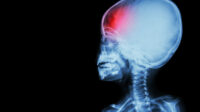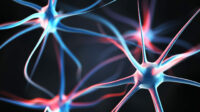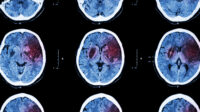Preparation is key when it comes to the American Board of Psychiatry and Neurology (ABPN) Neurology Certification Exam. One of the best ways to study for the exam is by taking practice questions. To help you on your journey, we’ve compiled six questions from the BoardVitals Neurology Question Bank. These questions are designed to challenge your knowledge and give you a taste of what to expect, helping you to identify areas for further study and gain confidence as you approach your exams.
How did you do? Whether you got all six correct or you struggled, we’re here to help you prepare for test day.
The BoardVitals Neurology Question Bank contains more than 2,000 practice questions aligned to the latest blueprints for the American Board of Psychiatry and Neurology (ABPN) Neurology Certification Exam and the American Academy of Neurology (AAN) Residency In-service Training Examination (RITE). Click here for a free trial.





1 thought on “6 Free Neurology Board Review Practice Questions”
Comments are closed.